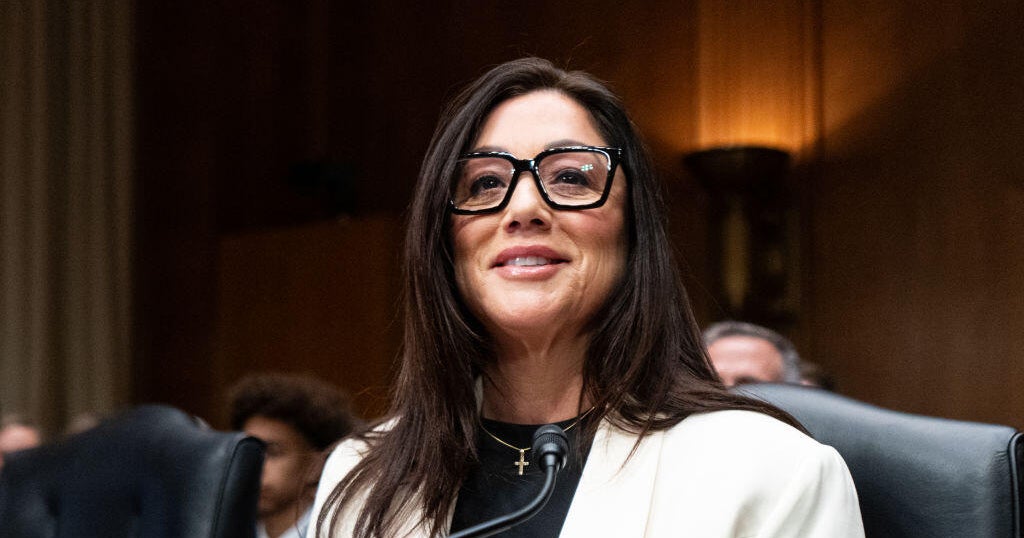Secret Service report on mass violence emphasizes prevention
Arlington, Va. — The overwhelming majority of violent mass attacks in the U.S. last year were carried out by men using firearms, according to a new report by the Secret Service examining how communities can work to prevent future attacks.
In its yearlong study, researchers from the Secret Service's National Threat Assessment Center examined 27 violent attacks in public spaces like offices, schools, and places of worship across 18 states to identify "key information that will enhance efforts to prevent" future incidents of mass violence. The incidents examined included the Parkland school shooting, the killing of five journalists at the office of a Maryland newspaper and a deadly shooting at a bar in Thousand Oaks, California.
Between January and December 2018, 91 people were killed and 107 more were injured as a result of the incidents outlined in the report. According to its findings, 24 of the 27 attacks were carried out using firearms and 93% of the attackers were male. Three of the attackers used vehicles to inflict harm.
Motivations behind the attack were more varied. Fifty-two percent of the attackers appeared to be motivated by personal or professional grievances, while only 7% were motivated by a particular ideology. Most of the attacks occurred at a place of business.
The report encouraged the public "to share concerns they may have regarding coworkers, classmates, family members, or neighbors," noting that 93% of attackers communicated in threatening or concerning ways, and 78% of them "exhibited behaviors that caused concern in others." These concerns stemmed from a range of acts like posting alarming content on social media, increased drug use, purchasing weapons and threatening domestic violence, all of which the report says community members should be aware of and report if necessary.
Acting Secretary of Homeland Security Kevin McAleenan, who delivered closing remarks at a presentation of the report's findings on Tuesday, emphasized its conclusion: "People should be encouraged to trust their instincts," he said.
And while the National Threat Assessment Center cautions that mental illness alone is "not a risk factor for violence," two-thirds of the attackers "experienced mental health symptoms prior to their attacks."
Taken together, the report's findings emphasize the potential and importance of prevention: identifying, assessing and managing attacks before they are carried out.
The chief of the National Threat Assessment Center, Dr. Lina Alathari, underscored this point at Tuesday's press conference: "At the Secret Service, we advocate for early intervention," she added.
Tuesday's report comes a little more than a month after a Virginia Beach government employee shot and killed 12 victims at his place of work. Like 6 of the 27 attacks examined in the study, the motives behind the Virginia Beach shooting have yet to be determined, but many in that community, including those in the city government, are working for clarity.
Last week, the Virginia Beach City Council unanimously approved an independent investigation into the shooting, including a "review of the perpetrator's employment history and workplace interactions." Virginia Beach spokesperson Julie Hill told CBS News last week "there are always lessons learned." The independent investigation, which will be overseen by the city auditor, is part of that learning process.
Virginia's General Assembly also met Tuesday in a special session to debate the commonwealth's gun laws, another attempt to address the Virginia Beach shooting, but adjourned without coming to an agreement on proposed legislation.
May's attack was not part of the Secret Service's 2018 study, but the report describes the Virginia Beach shooting as "the most recent example of targeted violence affecting a public place in the United States," another act of mass violence in a place where Americans ordinarily feel safe.
For Alathari, regardless of the intricacies of each case, the report's message is simple: "We want the community to know prevention is everyone's responsibility."





